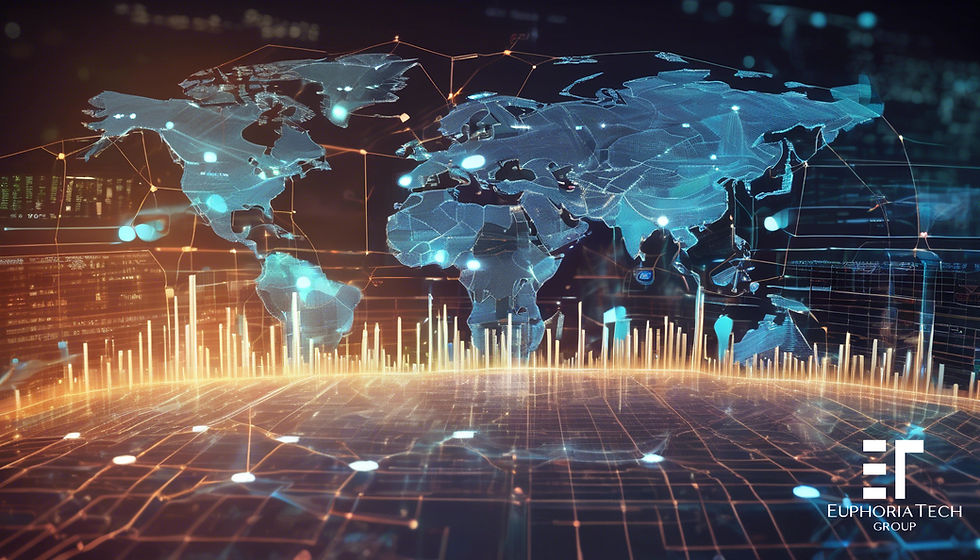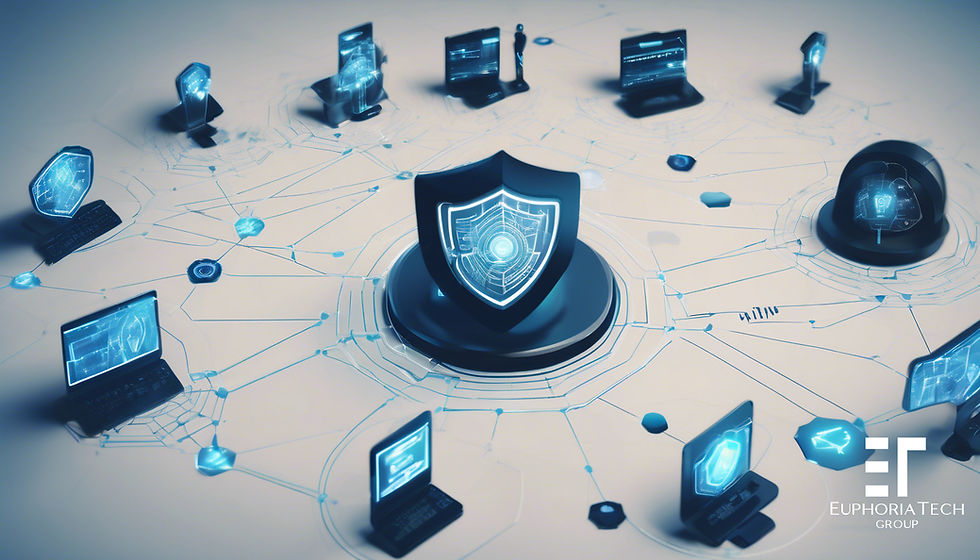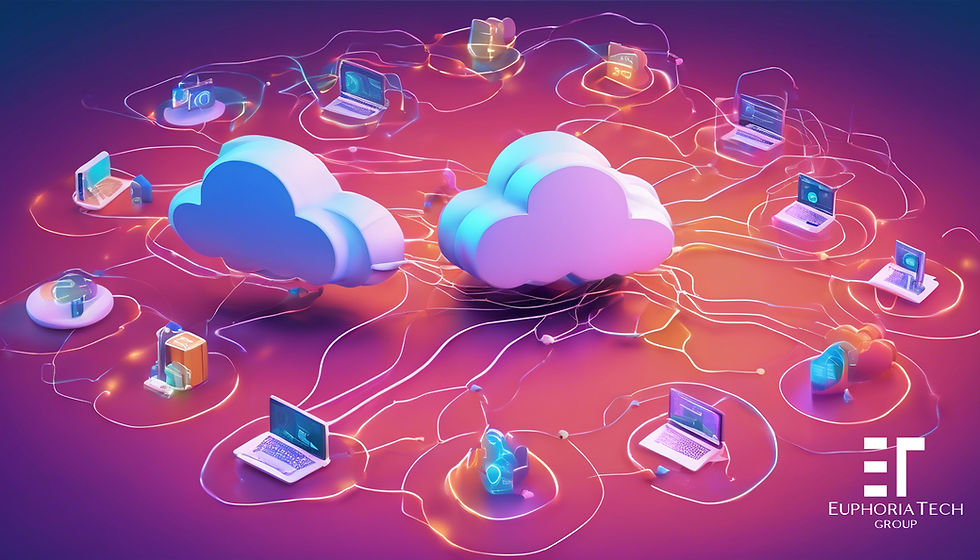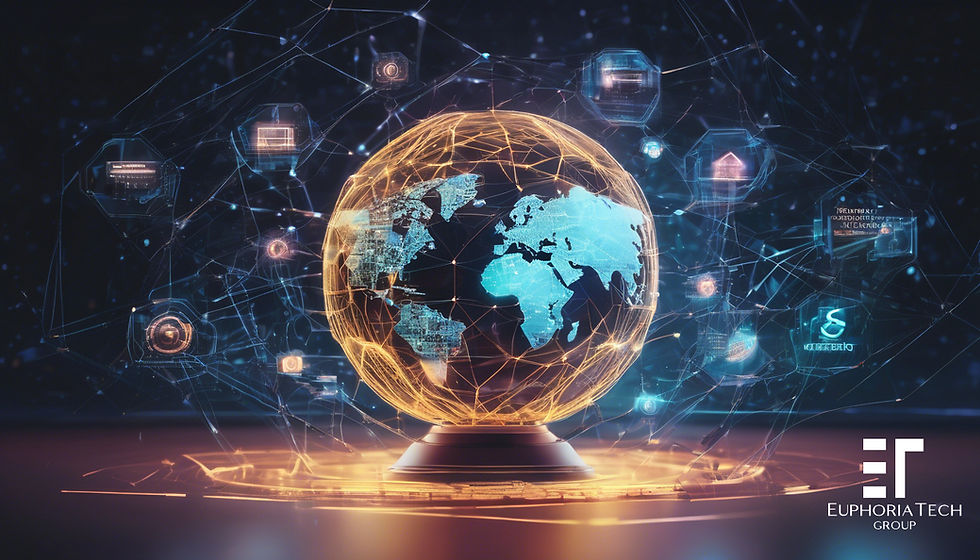
Key Takeaways
Research suggests the cybersecurity market will grow significantly, potentially reaching $200 billion by 2028, driven by rising cyber threats.
It seems likely that AI will enhance security measures but also introduce new vulnerabilities, like AI-specific attacks.
The evidence leans toward increased demand for specialized cybersecurity professionals, with retention challenges due to burnout.
Cloud security and zero trust architecture are expected to become standard practices as organizations adopt cloud-first strategies.
Governments may invest more in secure infrastructure, while regulations could tighten, impacting compliance needs.
An unexpected detail is the projected rise in cyberinsurance, potentially exceeding $34 billion annually by 2031, reflecting growing risk management needs.
Overview
The field of cybersecurity is poised for transformative growth over the next decade, from 2025 to 2035, driven by technological advancements, evolving threat landscapes, and increasing regulatory pressures. This article provides a comprehensive examination of the trends shaping the industry, supported by insights from industry reports, market analyses, and expert predictions, ensuring a thorough understanding for stakeholders and professionals alike.
Economic Growth and Market Expansion
The global cybersecurity market is expected to experience significant growth, with projections indicating a value of $200 billion by 2028, up from previous estimates, growing at a double-digit pace for at least five years post-2023, according to IDC. This expansion is fueled by the rising costs of cybercrime, with Cybersecurity Ventures predicting global cybercrime costs to reach $10.5 trillion annually by 2025, up from $3 trillion in 2015. The economic impact is substantial, with organizations increasing cybersecurity budgets, as 93% expect to boost spending over the next year, reflecting the urgency to protect against escalating threats.
The Asia Pacific region, led by China and India, is expected to grow rapidly due to government initiatives and digital transformation. Key segments include security software, services, and hardware, with software dominating due to AI and cloud solutions.
An unexpected detail is the projected growth of the cyberinsurance market, expected to exceed $34 billion annually by 2031, driven by the need for risk transfer as cyber threats grow, according to Cybersecurity Ventures. This highlights the economic stakes and the increasing reliance on insurance to manage potential losses.

Workforce Dynamics and Skills Development
The demand for cybersecurity professionals is projected to surge, with nearly 470,000 cybersecurity-related job openings in the U.S. between May 2023 and April 2024, according to CompTIA’s Cyberseek tool. U.S. cybersecurity employment is expected to grow 267% above the national growth rate, indicating a robust job market. However, retention challenges are significant, with 50% of professionals expecting burnout within the next 12 months, as noted in an ISACA report. This necessitates strategies like competitive salaries, flexible work options, and certifications such as CISSP, CompTIA Security+, CJIS Compliance Manager Certification (CCM), and Certified Ethical Hacker (CEH) to retain talent.
The shift from generalists to specialists is evident, with a need for expertise in network security, identity management, and penetration testing, as organizations seek to address complex threats. Training plans are in place, with 56% of companies planning to offer training and 42% planning certifications, according to CompTIA.

Technological Advancements
AI is set to play a dual role in cybersecurity, enhancing defensive capabilities while introducing new vulnerabilities. AI will improve threat detection, automation, and response, with 41% of firms in education/pilot programs and 16% in high-priority implementations, according to CompTIA. However, AI-specific attacks are expected to increase by 3-5 times in AI applications within 12-24 months, targeting large language models (LLMs), data, and models, as noted by Palo Alto Networks.
Post-quantum cryptography (PQC) will become essential as quantum computing advances, with attackers potentially using PQC to evade security, requiring new cryptographic standards. Secure browsers and Secure Access Service Edge (SASE) solutions will become standard, ensuring end-to-end encryption and simplifying security for remote work and cloud environments, with SASE enabling access to SaaS apps up to 5x faster, as per Palo Alto Networks.

Threat Landscape Evolution
The threat landscape will become more sophisticated, with ransomware evolving into a major concern. Projections indicate ransomware attacks will occur every 2 seconds by 2031, with global damage costs exceeding $265 billion annually, according to Cybersecurity Ventures. AI-enhanced phishing is expected to increase successful attempts by 30%, making emails indistinguishable from legitimate ones, as noted by Palo Alto Networks. Multivector/multistage attacks will require integrated platforms like Cloud-Delivered Security Services for effective defense.
Internal threats from human error, such as lost devices, will persist, with 60% of firms managing over 1,000 assets and low confidence in coverage, especially among IT staff, according to CompTIA. Supply chain attacks, data poisoning, and cyber extortion will also remain significant concerns.

Cloud and Data Security
Cloud security will be critical as organizations adopt cloud-first strategies, with 85% expected to be "cloud first" by 2025, according to ISACA. This necessitates Zero Trust Architecture and Cloud Security Posture Management (CSPM) to secure distributed environments. Data privacy and compliance will remain top priorities, driven by regulations like GDPR and CCPA, ensuring organizations meet stringent standards to avoid fines and reputational damage.

Zero Trust and Architectural Shifts
Zero trust is set to become the dominant security framework, focusing on continuous verification and least privilege access. This approach is recommended to focus on elements like identity and access management rather than broad labels, ensuring security in distributed and cloud-based environments.
Regulatory and Government Involvement
Governments are expected to increase investments in secure infrastructure, particularly for smart cities and IoT/OT devices, leveraging AI for enhanced security, as noted by Palo Alto Networks. For example, 66% of transportation organizations have been hit by ransomware, and 77% of the public sector lacks IoT visibility, highlighting the need for government action. Regulatory compliance will tighten, with laws like GDPR and CCPA driving organizations to enhance their cybersecurity postures.
Cyberwarfare activities are anticipated to intensify, particularly during elections, with nation-state actors targeting political campaigns and critical infrastructure. This geopolitical dimension will add complexity to the cybersecurity landscape.

Challenges and Opportunities
Challenges include budget constraints, with only 49% of firms finding funding easy, despite 78% stating high priority, according to CompTIA. Only 25% feel their cybersecurity direction is improving dramatically, with 22% characterizing efforts as completely satisfactory, indicating room for improvement. Opportunities lie in leveraging AI, addressing skills gaps, and adopting integrated security platforms to stay ahead of threats, with automated threat hunting and AI-driven security testing becoming more prevalent, as noted by Simplilearn.

Conclusion
The next decade will see cybersecurity evolve through market expansion, technological innovation, and diverse applications, with significant economic and societal impacts. From AI integration to regulatory compliance, these trends promise to expand the role of cybersecurity in protecting digital assets while addressing workforce challenges and geopolitical risks, supported by robust industry growth and international collaboration.
Trend | Description | Examples/Supporting Evidence |
Market Expansion | Projected to reach $200 billion by 2028, driven by rising cyber threats. | IDC projections, $10.5T cybercrime costs by 2025. |
Workforce Demand | High demand for specialists, with retention challenges due to burnout. | 470,000 U.S. openings, 50% burnout rate. |
AI in Security | Enhances threat detection but introduces AI-specific vulnerabilities. | AI copilots, 3-5x increase in AI attacks. |
Ransomware Evolution | Increasing frequency and sophistication, hitting every 2 seconds by 2031. | $265B annual damage by 2031. |
Cloud Security | Critical as 85% go "cloud first" by 2025, needing zero trust and CSPM. | ISACA, CompTIA insights. |
Post-Quantum Cryptography | Necessary for quantum computing threats, requiring new standards. | Palo Alto Networks predictions. |
Regulatory Compliance | Stricter laws like GDPR, driving enhanced postures. | GDPR, CCPA compliance needs. |
Government Investment | Increased spending on smart cities, IoT/OT security. | 66% transportation hit by ransomware, 77% public sector IoT issues. |
Cyberwarfare | Rising election interference, nation-state activities. | ISACA, targeting critical infrastructure. |
Cyberinsurance Growth | Market to exceed $34B annually by 2031, reflecting risk management needs. | Cybersecurity Ventures projections. |
This table summarizes the trends, providing a structured overview for easy reference, ensuring all aspects are covered comprehensively.

EuphoriaTech Ventures: Securing the Future of Cybersecurity
At EuphoriaTech Ventures, we are shaping the future of cybersecurity by co-building and investing in cutting-edge companies that redefine digital defense. From AI-driven threat detection to next-gen encryption, we empower visionary founders to push the boundaries of security innovation and safeguard the evolving digital landscape.
EuphoriaTech Ventures is the strategic partner for those revolutionizing how organizations protect their data, infrastructure, and people from emerging cyber threats.
Explore the future with us: EuphoriaTech Ventures.
Learn more about EuphoriaTech Group and how we’re empowering businesses for the future: EuphoriaTech Ventures, EuphoriaTech Advisory, EuphoriaTech Media.